Most air conditioners make a low humming sound. But you may have noticed a high-pitched sound or whistling noise from the air vent of your air conditioner. To help you get rid of this annoying sound, we have consulted HVAC experts. Here's what they have to say.
Here are some simple steps to fix a noisy air vent
- Check The Vent Covers
- Clean The Filters
- Check The Ductwork
- Reduce Static Pressure
- Consult A Professional HVAC Technician
We have provided more information about dealing with noisy air return vents below. Keep reading to learn how air return vents work and how you can properly maintain them.
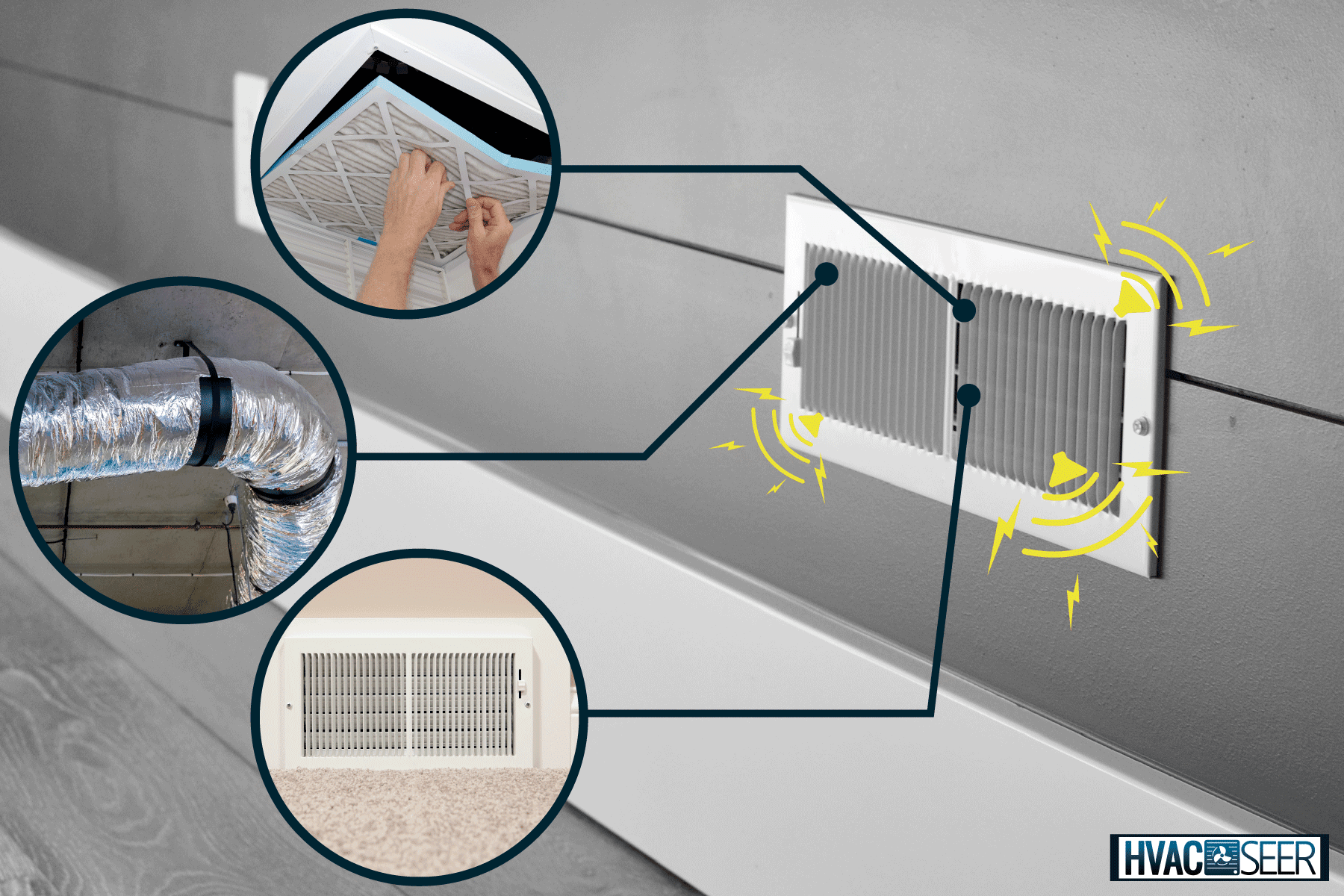
Air Return Vents
The primary function of an air return vent is to sustain airflow and allow warm or cooled air to flow to your AC system. Your air conditioning system works by recycling and cooling the air in the room. The air which is already in a room needs an exit portal. Return air vents draw in the air so that your air conditioning system can push conditioned air out.

This procedure also rids your home of dust. Dust and particles build in your home as air flows. Return air vents commonly have a changeable air filter since these air particles might damage your AC system and reduce your indoor air quality. To keep your AC system running efficiently, you should replace your air purifier regularly.
The optimal setup is a home with air return vents in most rooms. This allows for the best circulation and ventilation. Alternatively, some residences may have one or two central return vents.
Functions of Air Return Vents
Here are the main functions of air return vents :
1. Maintaining Air Pressure
A return vent is essentially a swirling pump that heats or cools the air before pushing it into a house. Return air vents draw in air and return it to the system to balance a home's air pressure.
2. Saving Energy
This only applies if your ducting is correctly fitted and there are no leaks. This is why you should just contract HVAC professionals for proper installation.
3. Filtering Out Dirt
Have you observed dust mites surrounding light beams coming through the windows? Dust and other allergens are easily collected in homes. When your air conditioner collects air, it will also capture excess dirt if your air filter is clean. And this ensures that the air quality in your home is at its best.
How Do Air Return Vents Work?
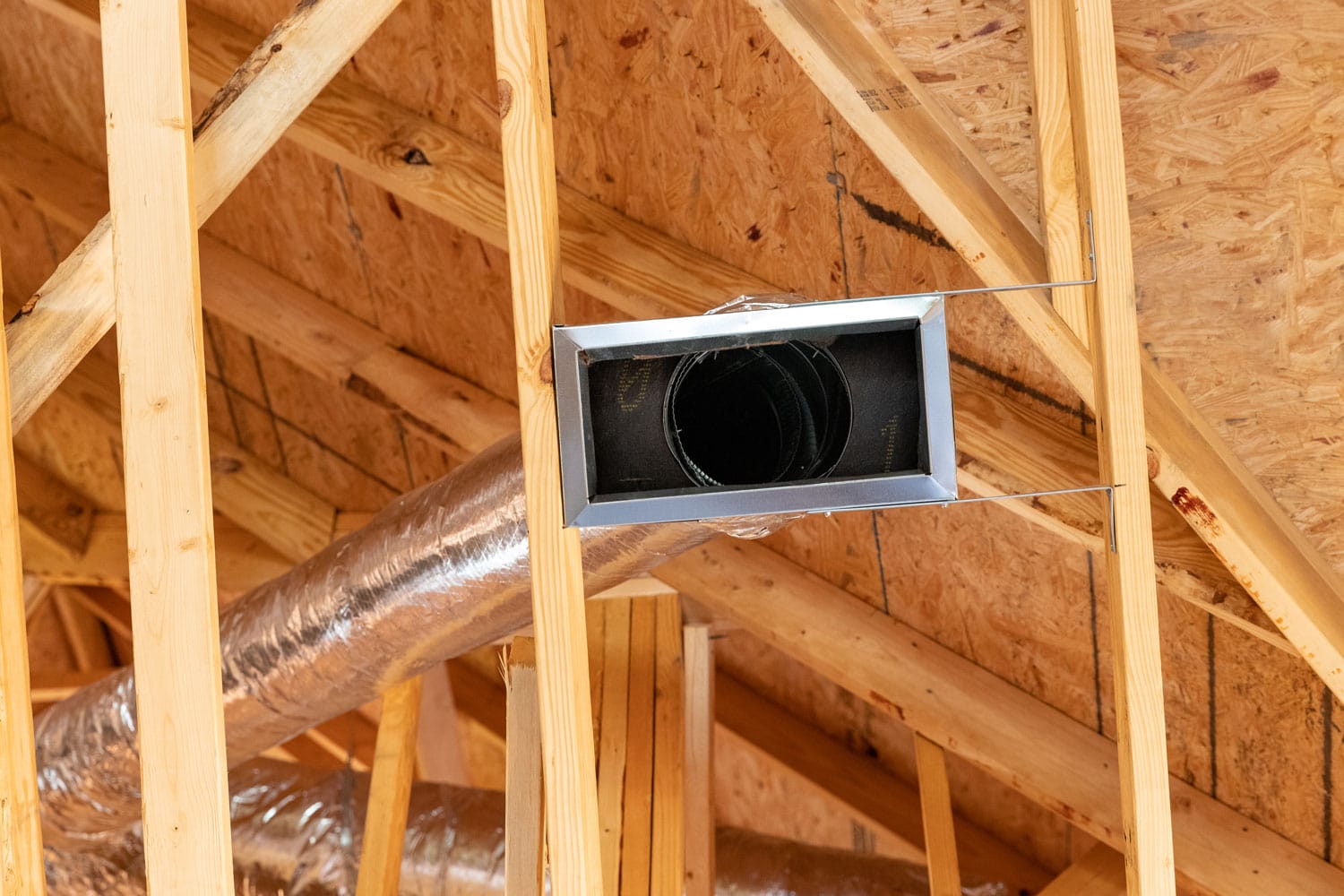
A main cooling system processes air by sucking it in through the air return vents and blowing it out through supply registers strategically placed throughout each room. The air return vents guarantee that the system conditioning air from inside the house rather than outside.
Depending on if the system is for heating or cooling the air, the ideal location for the air return vents will vary. If it is cooling, air return vents should be towards the ceiling, where warm air concentrates. But if heating, air return vents should pull conditioned air from the floors.
Return air vents are typically larger than your regular air supply vents and hence do not blow air out. On the other hand, air return vents pull air from the house and return it to your air conditioning system through the air return vents. You should change your air filters regularly for the best filtering AC function.
Causes of Noisy Air Return Vent
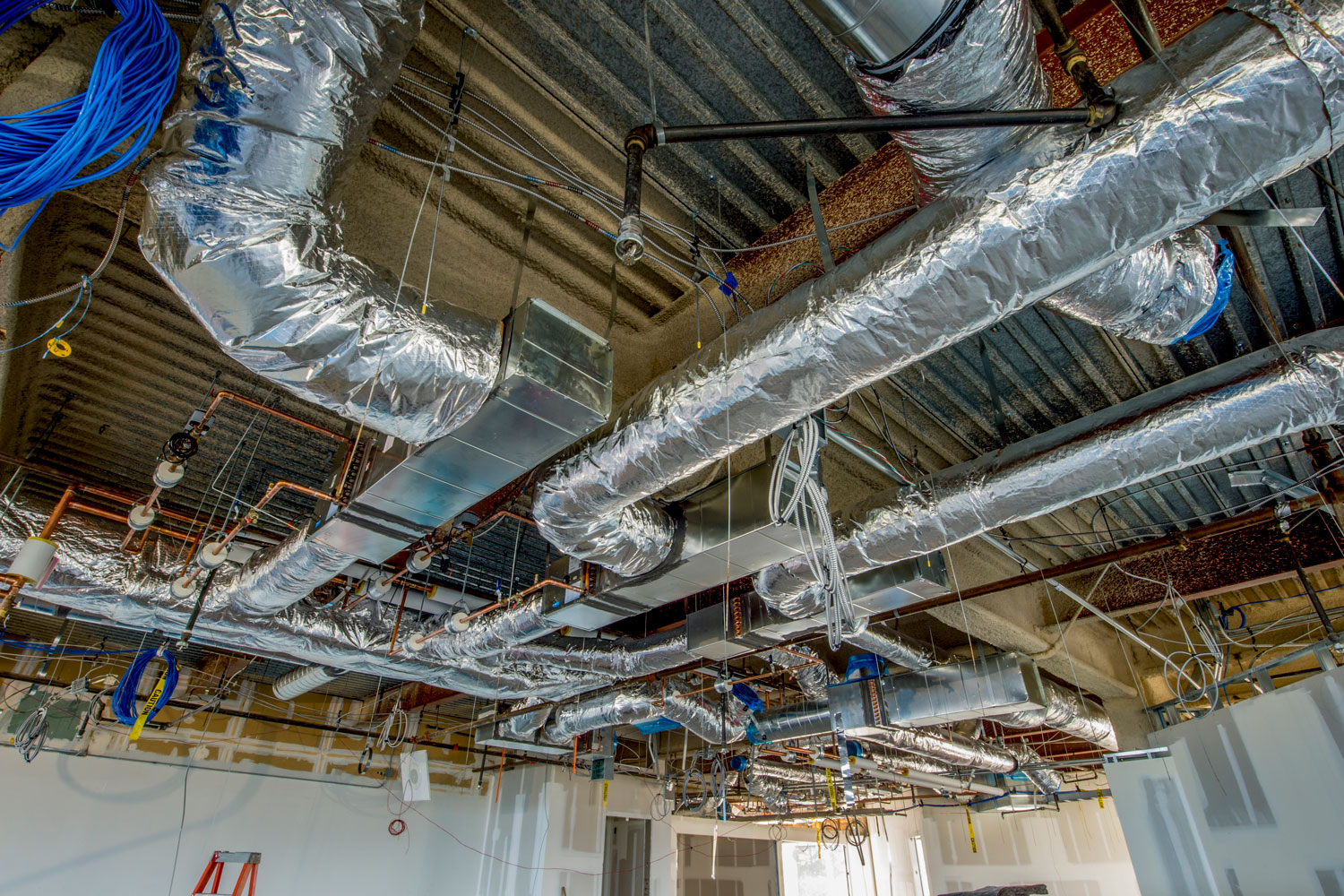
Below are the likely causes of noisy air return vent
Blocked Ductwork
Screws, nails, and several smaller objects can be caught in the register slats. This can lead to noise from the air return vent.
Closed or Blocked Registers
Examine whether furniture, rugs, or long curtains or drapes block the return and supply registers. Make sure they're open to allowing optimum air circulation throughout the system.
Restricted Air Ducts
If the air supply ducts are too thin, vents might generate loud whooshing noises. Debris can potentially clog the ducts or close one or more vents. If the vents appear overly dusty, use a torch to inspect them.
Dirty Filters
Filters that are dirty or clogged can cause high-pitched whistling and strong thumping noises. Rapid on-and-off cycling is another sign of blocked filters. Blocked filters should be replaced right away. Hence it is advised you check your air filter and take it for cleaning at least every three months.
Loose Metal Joints
If duct couplings become loose or detached, metal duct pieces will rattle, clank, and flap. Metal tape can be used to wrap loose portions.
How To Fix Noisy Air Return Vents
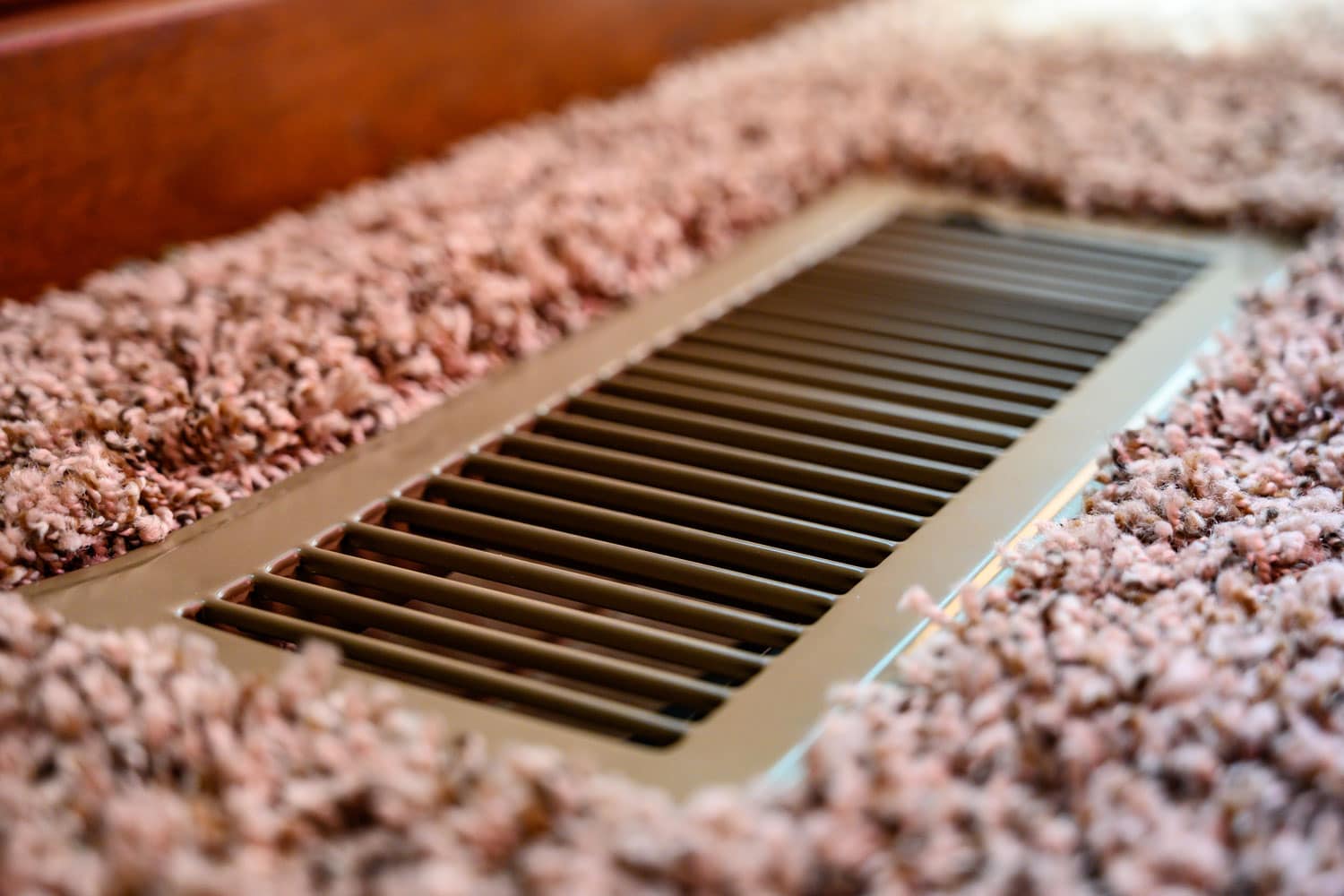
Here are ways you can try fixing a noisy air return vent.
1. Check The Vent Covers
Allow greater airflow by straightening the vanes (vent fins). This will reduce air turbulence, flutter (fin vibration), and ringing or humming noise.
Check to see that all vents are properly fastened to the wall. This keeps air from being sucked into the limited space around the edges, causing an annoying whistling sound.
If you can't get a snug fit, consider using a weatherstrip to fill the gap in between the vent and the wall. Ensure that all the vents are clean. Lastly, make sure the vent is fully open if it has an adjustable opening.
2. Clean The Filters
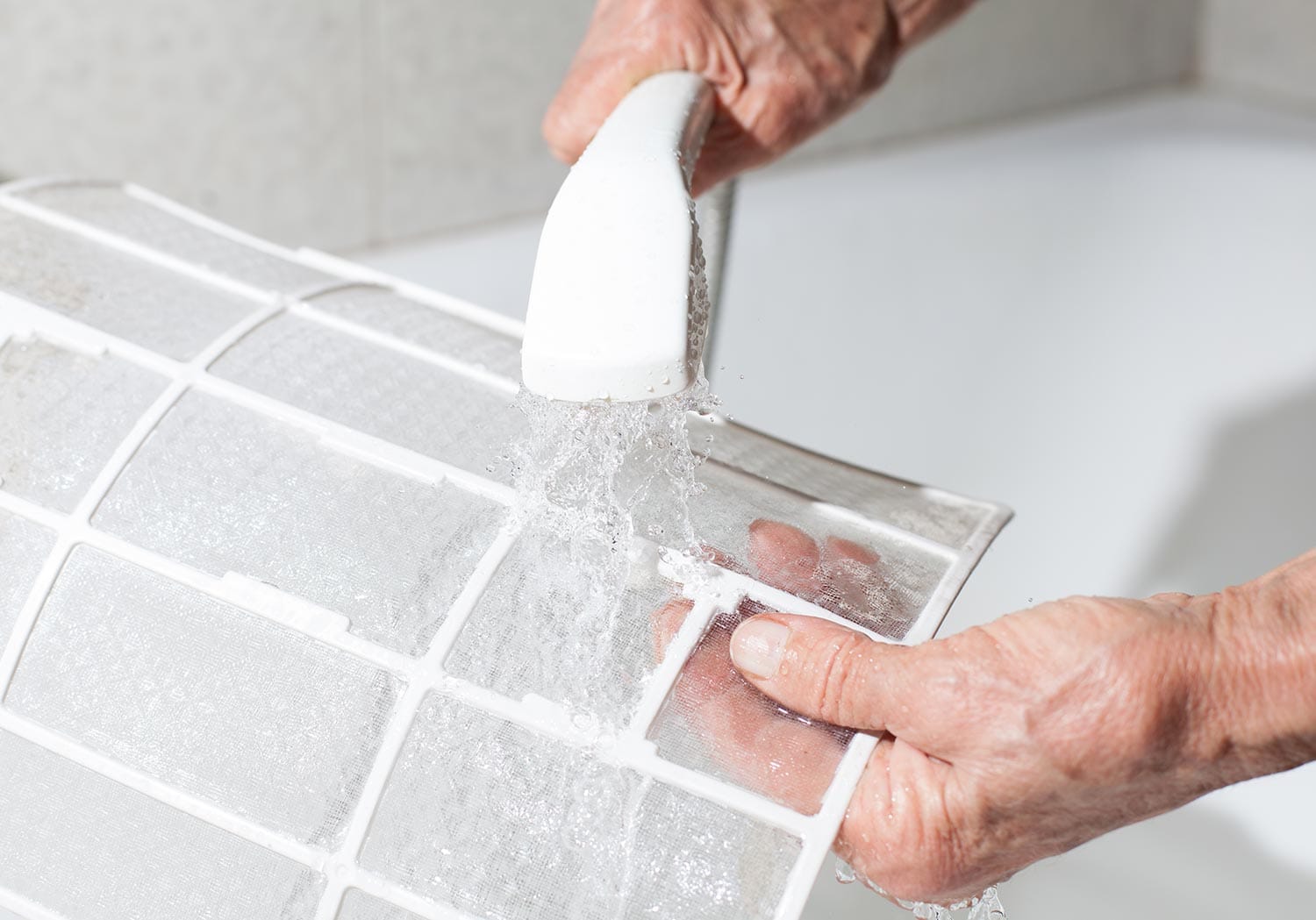
Clean filters will not only reduce duct and heater noise, but they'll also save you money on energy, make your home healthier, and lengthen the lifespan of your air vent.
3. Check The Ductwork
Check the ductwork to see if it will need replacing as faulty ductwork will continue to produce noisy sounds.
4. Reduce The Static Pressure
Static pressure is frequently created by ducts that are unable to manage the amount of air passing through them. An expert inspection is needed if you suspect this is the source of your noise problem.
Increasing the velocity of all incoming and return vents will provide you with the best airflow with the least noise. You can increase the amount of return air ducting if you're okay with cutting through the floor and into the existing system. However, you may want to seek expert advice before proceeding.
5. Consult a Professional HVAC Technician
Contact a professional HVAC provider if you have tried fixing your return air vent to no avail. Changing a few vent covers and filters or wrapping ducts can be done easily, but more complex work should be done with the help of a professional.
Why is My Return Air Vent Humming Loudly?

There are several reasons your return air vent hums. The ductwork may be inadequate or improperly installed. However, it could be issues as little as a clogged air filter. Perhaps the vent is blocked. A return air vent mechanism is intended to transport a specific air volume.
A pressure problem develops by blocking the air return or supply vents, raising the sound level. Furniture can block return vents and impede airflow.
Other vent noises include rattling and flapping, which are typically caused by debris in the duct, such as nails, small toys, screws, and so on. After examining all the obvious items, a technician should examine the system's performance.
Is It Okay to Cover a Return Air Vent?
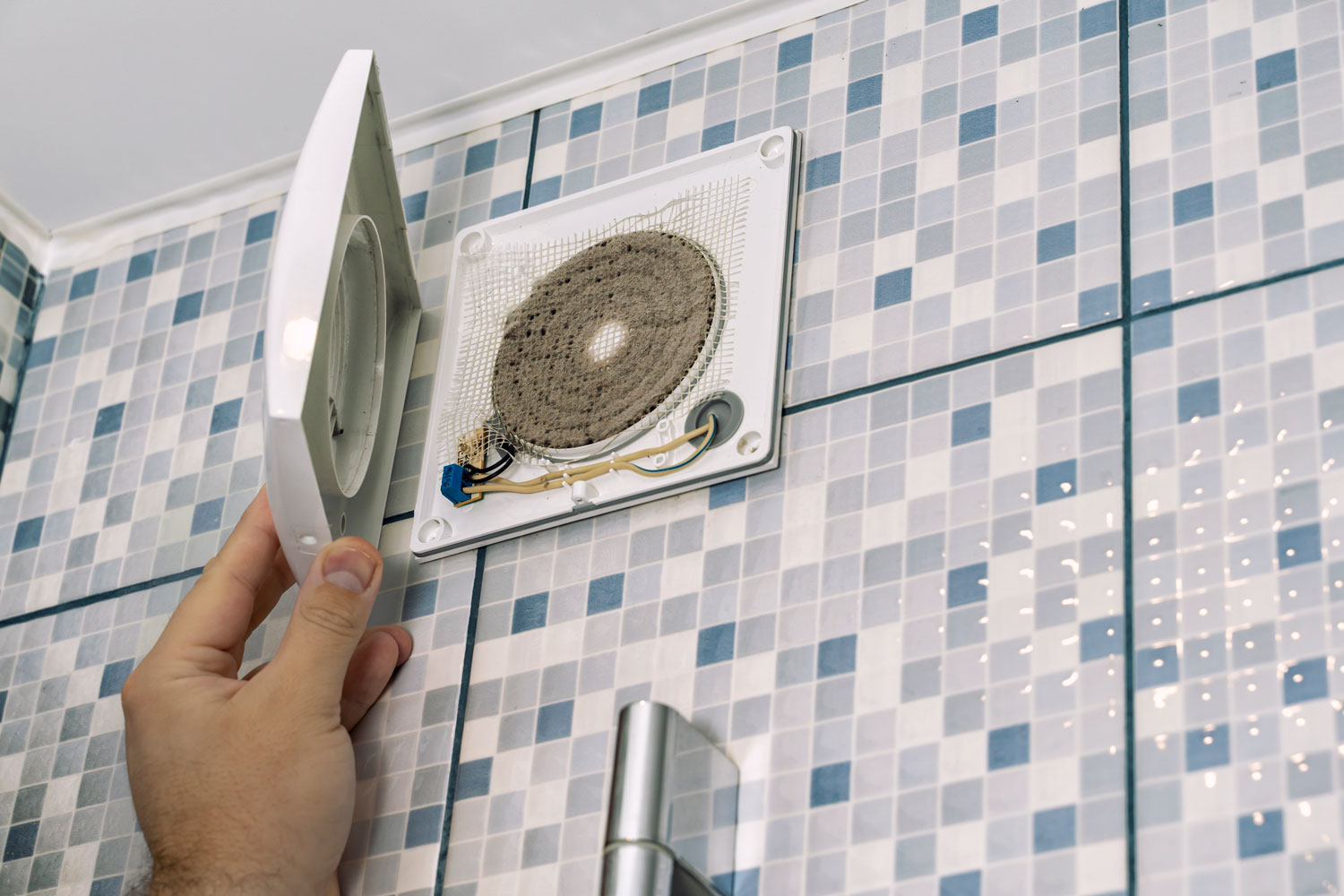
Obstructing a return vent slows air movement in your home. Because there is reduced airflow to transport the air back. Blocking the air return vents makes your system work harder. This continued stress on the system may result in lower performance and additional HVAC repairs in the future.
Common Air Vent Noises and Their Meaning
Here are some common air vent noises and what they mean.
1. Hissing Noise
A hissing noise from your HVAC unit usually indicates that air is escaping. If you listen carefully and hear noise coming from the walls, that is a sign of a leaking duct.
If air escapes from your ducts and enters your walls, you're wasting your HVAC's heating and cooling power in your home's wall space and not in your living space.
2. Clicking Noise
Your HVAC system first starts up with a typical clicking noise, but persistent clicking could indicate a failed control or a problem with the thermostat. Have your HVAC specialist look into the cause of the sound as soon as possible. Clicking sounds could be caused by various electrical components in your HVAC system.
3. Rattling Noise
Rattling noise in your HVAC unit can indicate a variety of problems. If the rattling is coming from the outside unit, it could mean that small twigs or rocks have found their way inside.
The device can then be opened and the debris removed. You should contact an HVAC specialist if there appears to be internal damage.
Conclusion
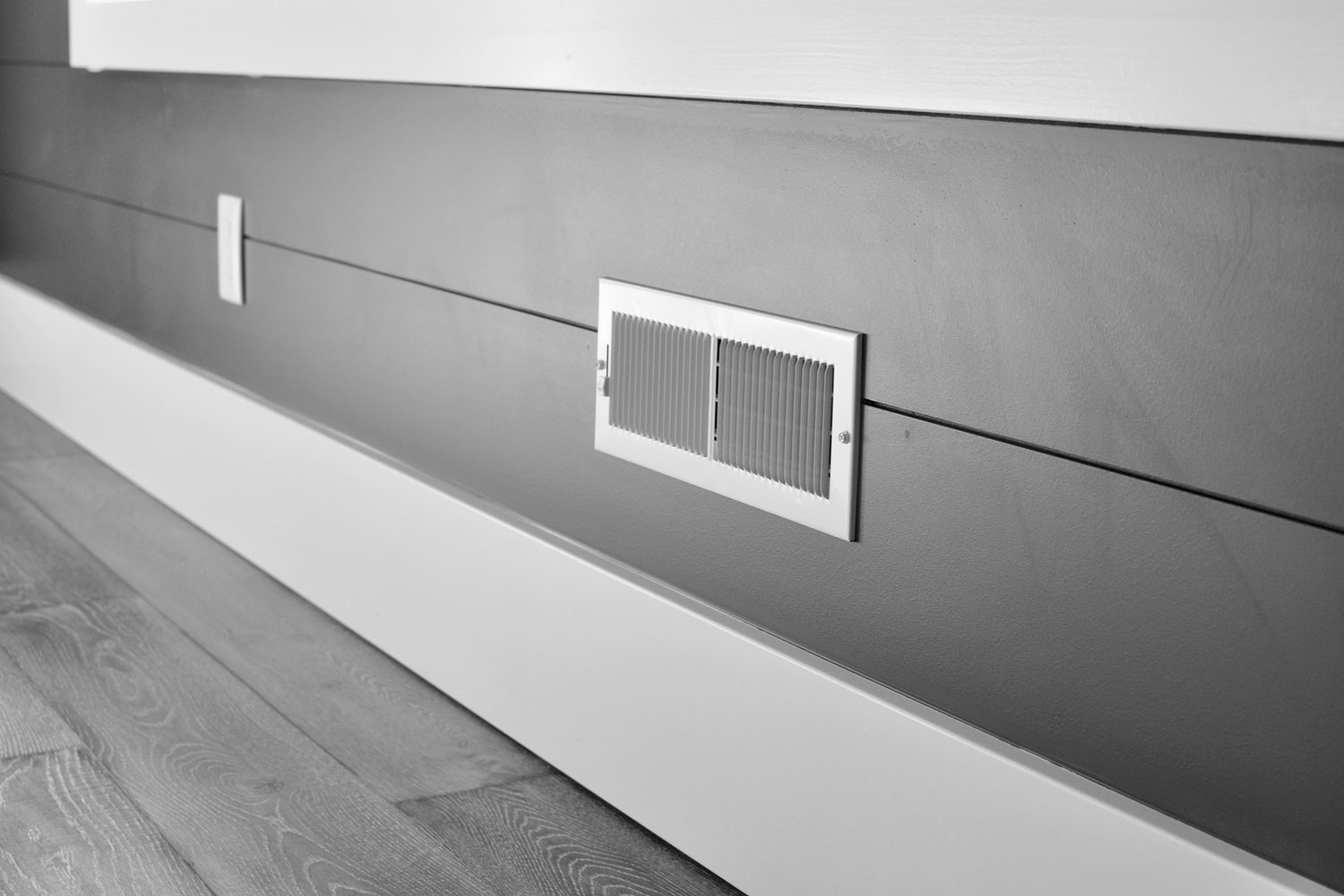
Return air vents are an important part of your HVAC system. With the above explanations and practical guide, you can detect any faults in your air return vents and also be able to determine the best possible cause of action to solve the problem.
To learn more about air vents, check out these engaging articles.
